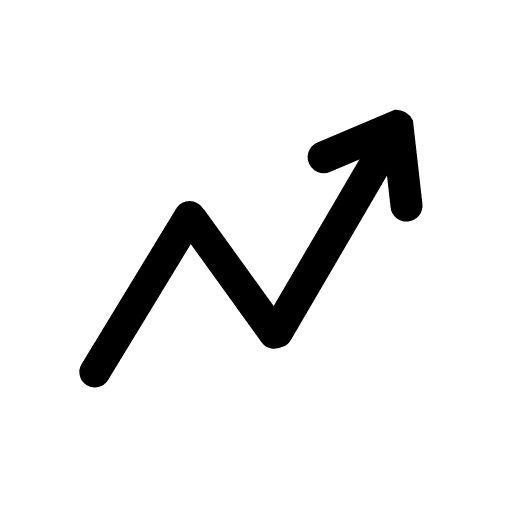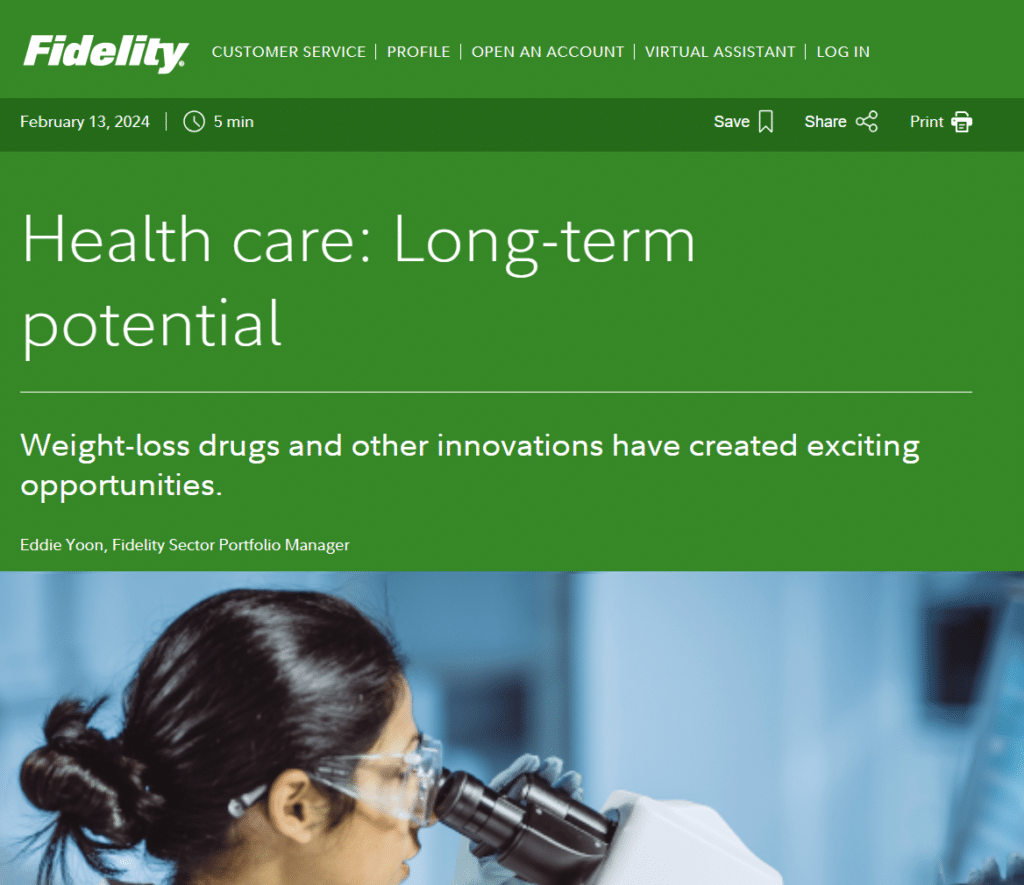XLV: The Defensive Appeal of the Healthcare Sector for 2024
- Publication Date: 02/27/2024
Executive Summary
During economic uncertainty, investors frequently gravitate towards sectors that offer stability and resilience. The healthcare sector, with its inherent defensive characteristics, emerges as a reliable haven during times of market turbulence. Notably, the Healthcare ETF XLV has recently made a significant move, breaking out from a three-year consolidation pattern this January.
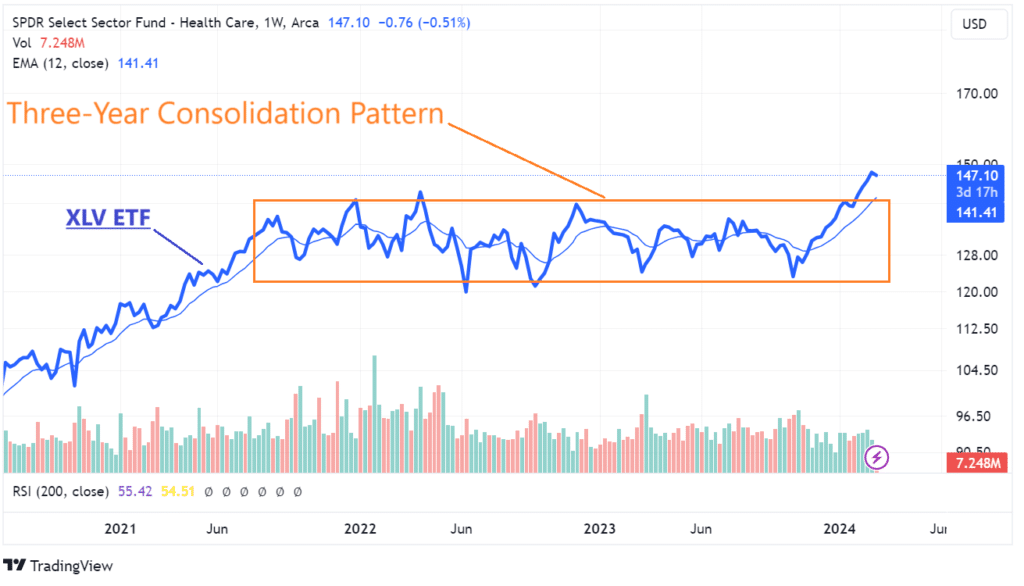
This article delves into the reasons behind the healthcare sector's reputation as a defensive bastion and examines its performance relative to other sectors, such as technology, in the face of economic adversity.
The Defensive Nature of Healthcare
The healthcare sector encompasses a wide range of services, including pharmaceuticals, biotechnology, equipment, and healthcare facilities. Unlike discretionary sectors, healthcare services and products remain in constant demand, irrespective of economic conditions. This inelastic demand underpins the sector's defensive reputation, offering a buffer against economic headwinds.
Resilience to Economic Cycles:
Healthcare spending is largely non-discretionary. Regardless of their financial situation, people cannot forgo medical treatment, making the sector less sensitive to economic downturns.
Innovation and Continuous Demand:
Continuous medical advancements and an aging global population ensure sustained demand for healthcare products and services, providing a growth component even in challenging times.
Aging Global Population:
The global demographic shift towards an older population is increasing the demand for healthcare services, pharmaceuticals, and long-term care. This trend is expected to continue, providing a steady demand for healthcare products and services, which supports the sector's growth potential over the long term.
Regulatory Support and Public Spending:
Many healthcare services and products are essential and supported by government policies and public spending, adding an extra layer of security during economic contractions.

Healthcare vs. Technology: A Comparative Outlook
While technology has been a leading sector in terms of growth, especially during periods of economic expansion, it exhibits higher volatility and sensitivity to economic downturns compared to healthcare.
Sensitivity to Economic Fluctuations:
Technology spending is more discretionary than healthcare spending. Businesses and consumers may delay or reduce technology investments in tough economic times, impacting the sector's performance.
Valuation and Growth Expectations:
Technology stocks often trade at high valuations due to growth expectations, making them more susceptible to corrections during market downturns.
Healthcare's Steady Growth:
In contrast, the healthcare sector's steady demand translates into consistent revenue streams, making it a safer bet for investors looking for stability.
Performance comparison between Healthcare and Technology ETFs
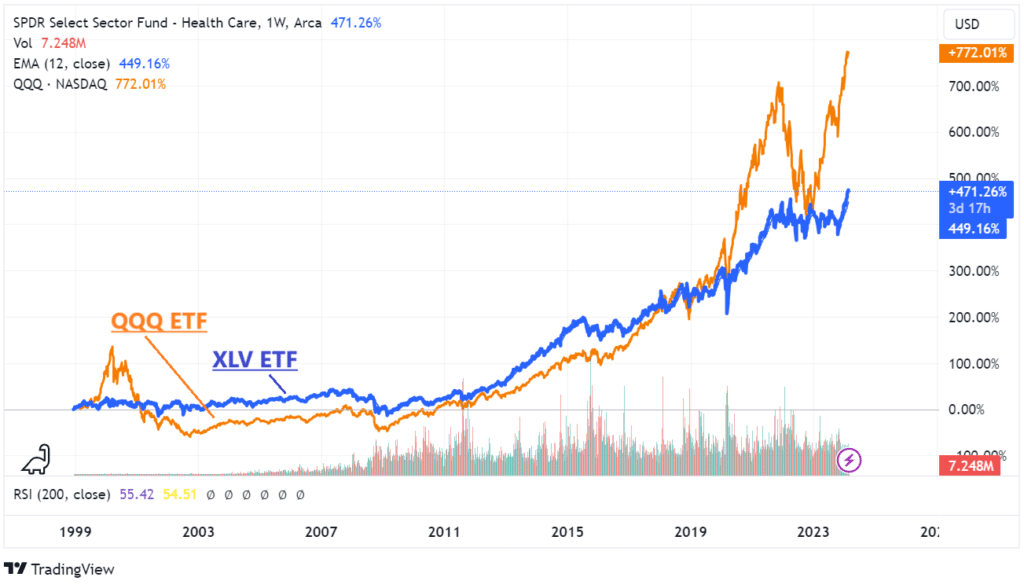
The S&P 500's sector composition is significantly influenced by technology, which accounts for about 24% of the index, overshadowing the healthcare sector's 14% share. Despite this disparity, the defensive attributes of the healthcare sector spotlight its potential for superior long-term value amidst ongoing economic uncertainties. When comparing the performance of the most traded sector ETFs, it becomes evident that healthcare has outshined technology in 15 of the last 25 years. The technology sector's notable performance advantage was primarily seen in the period following COVID-19, driven by an unprecedented injection of liquidity by the Federal Reserve into the markets.
This surge of capital, while temporarily stimulating the market, has laid the groundwork for a scenario of long-term economic volatility, characterized by unpredictable inflation trends influenced by a myriad of factors, including consumer behavior and geopolitical dynamics.
Analyzing Future Valuations: A Comparative Look at Healthcare, Technology, and overall market
In our analysis, we delve into the valuation dynamics of pivotal segments within the equity markets by examining the top three companies within the QQQ (Technology) and XLV (Healthcare) ETFs. To broaden our perspective and encompass a more general market overview, we also incorporate the SPY ETF, representative of the S&P 500. These ETFs are not only indicative of their respective sectors but also significant to the market at large, with their top three holdings collectively accounting for over 25% of each ETF's composition.
Average forward P/E ratios for the top three stocks in each segment, based on the most optimistic analyst forecasts for 2025
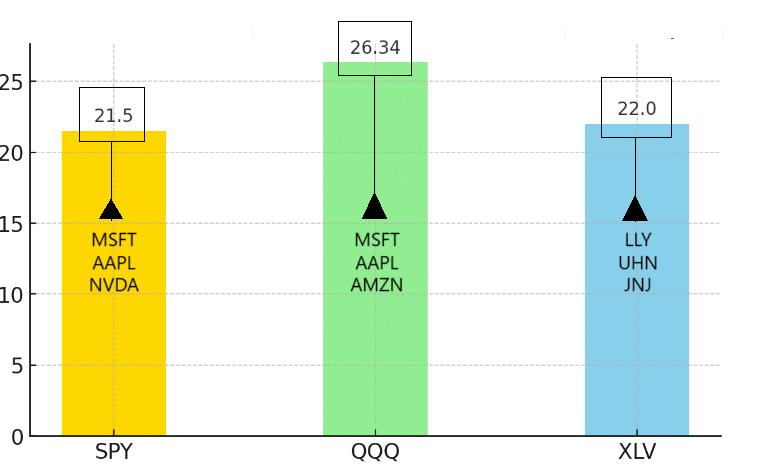
Our focus centers on aggregating the most optimistic analyst expectations for these leading companies through to 2025. This forward-looking analysis aims to gauge the market's anticipatory stance on these entities within their respective ETFs. The ensuing comparison chart crystallizes our findings, revealing that the technology sector, as represented by QQQ, is currently trading at a higher premium compared to the healthcare sector within XLV and the broader market as reflected by the SPY ETF.
From a simple valuation standpoint, amidst economic and geopolitical uncertainties, healthcare stocks emerge as more valuable compared to the technology sector in early 2024. Specifically, technology stocks are priced approximately 20% higher than those in healthcare and the broader market, underscoring healthcare's relative value in turbulent times.
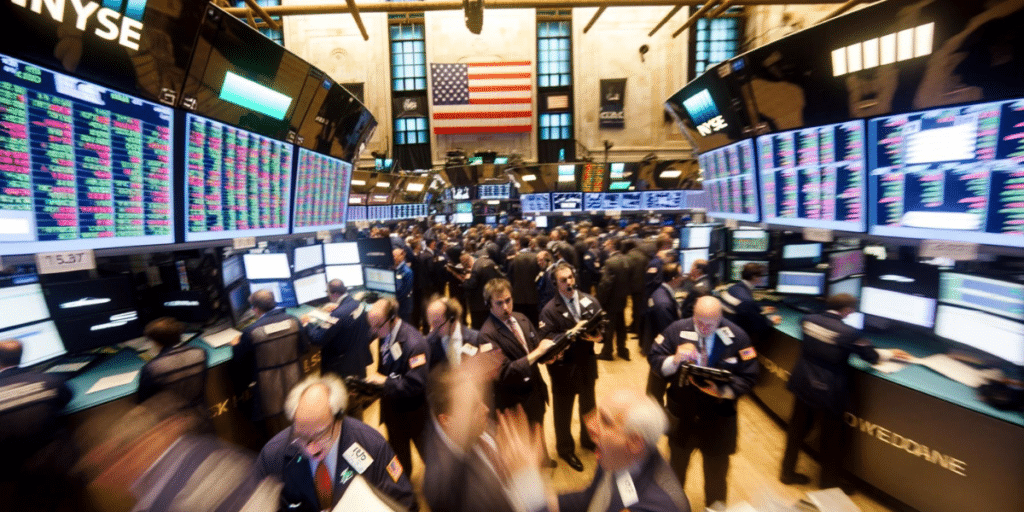
Investment Implications
For investors seeking to mitigate risk in their portfolios during economic downturns, the healthcare sector offers a compelling option. Its defensive characteristics, combined with the potential for steady growth and innovation, make it an attractive alternative to more cyclical sectors like technology.
Diversification:
Including healthcare stocks or funds in a portfolio can provide a diversification benefit, reducing overall volatility.
Dividend Yields:
Many companies in the healthcare sector offer attractive dividend yields, providing an income component to investors during market downturns.
Growth Potential:
Despite its defensive nature, the sector offers growth opportunities through biotechnology innovations, emerging healthcare technologies, and expanding global healthcare needs.
For further insights, delve into Fidelity's comprehensive long-term outlook on the healthcare sector, released in February 2024. This detailed analysis offers a deep dive into the sector's future dynamics and trends. Simply click on the title provided to explore Fidelity's observations and gain a nuanced understanding of the long-term prospects within the healthcare industry.
Conclusion
As the economic outlook grows increasingly uncertain, the healthcare sector's defensive attributes and growth prospects make it a standout choice for investors aiming to navigate market volatility. While no investment is without risk, healthcare's essential role in society and its relative resilience to economic downturns position it as a prudent choice for those looking to weather economic storms. In contrast to the more cyclical technology sector, healthcare offers a blend of stability and growth that can be particularly valuable in challenging economic times.
The unpredictable nature of market economies, coupled with the fundamental importance of health — a prerequisite for life itself — positions the healthcare sector as a crucial component of long-term investment strategies. Unlike technology, which serves to enhance quality of life, healthcare is indispensable; without health, the benefits of technology are moot. This principle highlights why, despite its current underperformance relative to the booming technology sector, healthcare remains a more valuable and stable option for investors looking to build resilient portfolios in the face of economic unpredictability.
Warm Regards
Sam Sacli
Editor
CONTACT US
The Scholarch LLC
1111B Governors Ave. STE 7059 Dover, DE 19904
research@thescholarch.com
Disclaimer: The Scholarch Reports upholds the highest standards of integrity and transparency in all its publications. We unequivocally assert that the content within our research articles is authentic and genuine, steadfastly adhering to the principles of impartiality and objectivity. Our commentary and analysis are conducted disinterestedly, devoid of any personal or financial interests that might potentially skew our evaluations. It is our policy not to invest in the stock ideas we report on. Should an exception arise, it will be clearly disclosed at the conclusion of our reports or articles. The insights and assessments provided in our research articles and reports are the culmination of meticulous research, intended solely for informational and educational purposes. They are not promotional in nature and should not be interpreted as an endorsement or solicitation to buy or sell any stocks, financial products, or services. The content provided on our website or in our reports does not constitute investment advice or an endorsement of any specific investment strategy. While we endeavor to provide accurate and up-to-date information, The Scholarch LLC and its affiliates do not guarantee its completeness or accuracy. We shall not be held accountable for any losses incurred from reliance on this information. Past performance is not a reliable indicator of future results. Readers are strongly advised to conduct their own due diligence and consult with a professional advisor before making any investment decisions. The Scholarch LLC does not possess a financial advisory license and therefore does not offer personalized financial advice. This website and our reports may include links to third-party websites and information; The Scholarch LLC is not liable for their content or accuracy. We appreciate your trust in The Scholarch Reports. Thank you for reading our disclaimer.

